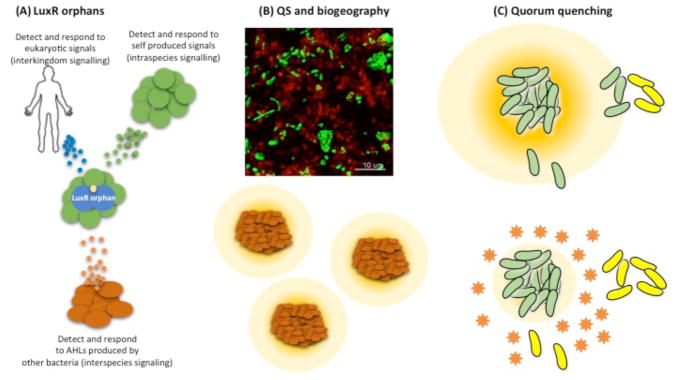Fig. 3. Factors that impact QS in natural environments.
(A) LuxR orphans (solos) can detect and respond to signals produced by eukaryotic hosts, self, or other microbial species. (B) Top: Aggregates of two P. aeruginosa strains (green, strain PA14 and red, strain PAO1) in synthetic cystic fibrosis sputum 101. Bottom: Diagram of P. aeruginosa aggregates (3 clusters of red rods) spatially separated and socially isolated (yellow halos represent QS signals and QS-controlled exoproducts). (C) Top: Diagram of a high-density aggregate of QS positive cells (green) secreting a diffusible QS signal into the surrounding environment (orange halo). The signal can activate QS in a nearby cells (green) but not in more distant cells (yellow). Bottom: quorum quenching (orange stars), either by the action of enzymes or due to environmental conditions, degrades the QS signal and limits the ability of an aggregate to induce QS in nearby cells.

